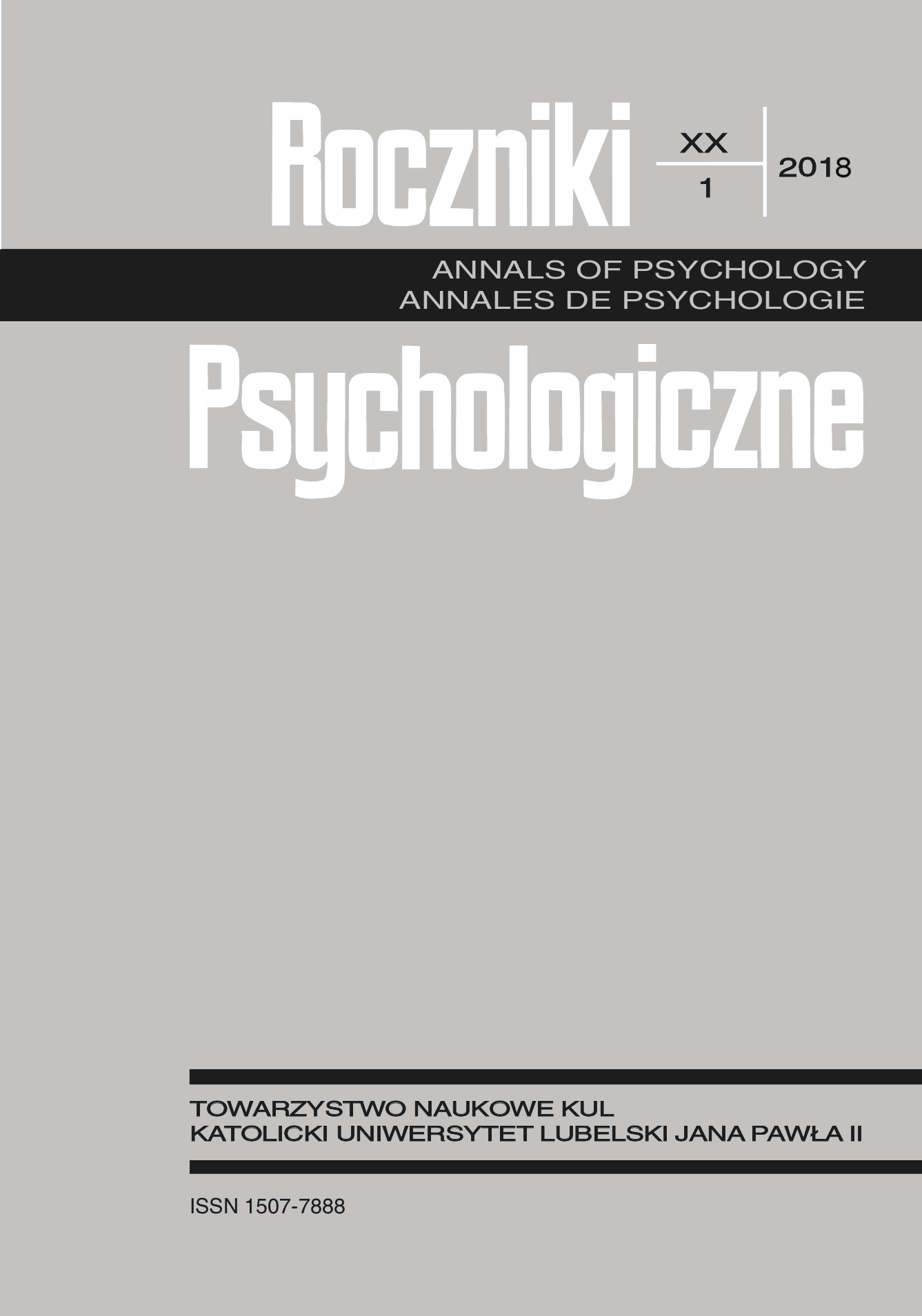Mental rotation of figures explored by touch: A study of congenitally blind and sighted individuals
Mental rotation of figures explored by touch: A study of congenitally blind and sighted individuals
Author(s): Magdalena Szubielska, Emilia Zabielska-MendykSubject(s): Social Sciences, Psychology, Individual Psychology
Published by: Towarzystwo Naukowe KUL & Katolicki Uniwersytet Lubelski Jana Pawła II
Keywords: mental rotation; congenitally blind individuals; blindfolded sighted individuals; stimulus complexity; tactile drawing; visuo-spatial working memory
Summary/Abstract: The form of mental images in congenitally blind people is intensely debated by researchers. In order to get a better insight into this topic, we conducted an experiment during which the task for congenitally blind individuals was to learn 2D tactile shapes and then mentally rotate them. The control group consisted of blindfolded sighted individuals. The visuo-spatial working memory model was treated as a theoretical framework for the theoretical debate. The aim of the study was to determine whether the accuracy of mental rotation is lower in congenitally blind than in sighted individuals and whether the difference in accuracy between the groups depends on the complexity of tactile figures. We also tested if the complexity of the figure and the background (grid or frame) influences the passive and active components of visuo-spatial working memory. Results show that congenitally blind subjects learned the shapes of figures by touch and rotated them faster than sighted subjects. It was established that the learning time depends on the complexity of figures and backgrounds. Figures presented on a complex background of a grid required more time to learn then figures in a frame. Moreover, sighted individuals required more time to learn complex figures than they did to learn simple ones. This was not the case with the congenitally blind. The rotation task was performed with greater accuracy for figures presented on a plain background compared to the complex background, and faster for figures drawn in a frame than for those on a grid. The study has shown that the active component of the visuo-spatial working memory engaged during mental rotation works with at least equal efficiency in congenitally blind individuals compared to sighted ones.
Journal: Roczniki Psychologiczne
- Issue Year: 21/2018
- Issue No: 1
- Page Range: 35-51
- Page Count: 17
- Language: English

